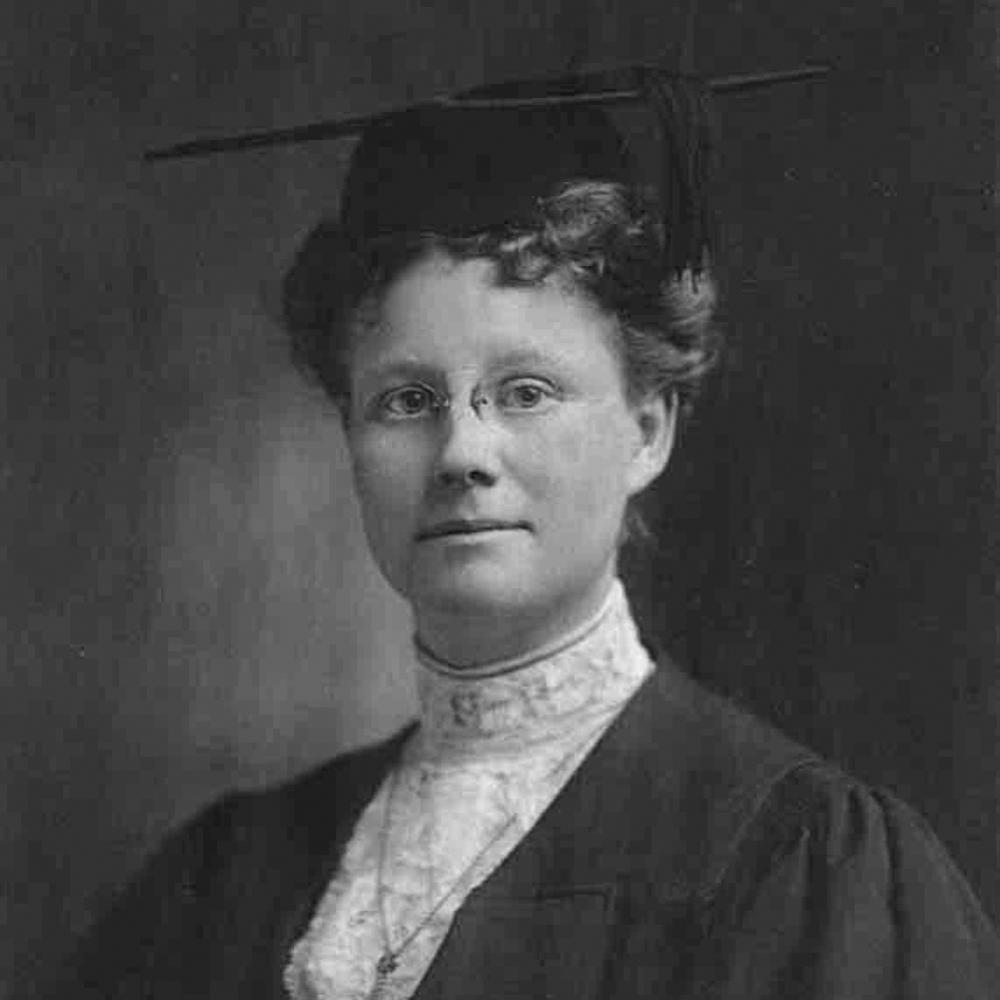A doctor practicing in the Everglades in the early twentieth century would have to “know how to change tires quickly at 4 a.m. and in the freezing rain; set a fractured femur with a piece of string and a flatiron . . . ; drive through ten miles of mud to minister to the child of a drunkard; be able to help with a breech birth on the kitchen table of a farmhouse, with grandma giving the anesthetic and the advice; diagnose tonsillitis from diphtheria, with the nearest laboratory forty-eight miles away; pull the three-pronged fish-hook molar of a 250 lb. hired man, aided only by moonshine and faith in G-d.”
This is according to Dr. Anna Darrow. From 1912 to 1924, she and her husband, Roy, were the medical team serving the frontier town of Okeechobee, Florida, and the surrounding wilderness. Roy worked the office, and Anna worked everywhere else. “She was very proud of the fact that she never refused to go where she was needed,” says Carrie Sue Ayvar a professional storyteller who portrays Darrow in Chautauqua programs through the Florida Humanities Council. “Any time of the day or night, she would go in her Model T Ford, or a push-pull canoe, or on a slightly lame horse named Old Jim, who had once been hit by a train and came at a good price.”
When two strange men came to get her in the middle of the night to help one’s wife in labor, she went. They took her out on a boat in a storm on Lake Okeechobee. When she got to the house, the men disappeared and she was left with the woman who was sick with malaria and had a temperature of 106°. The woman survived, but the baby did not. Darrow spent the rest of the night fighting the rats away from the baby’s body—it wasn’t until morning that Darrow realized she was now covered in hog lice and fleas and consequently had to cure herself. According to Ayvar, that was a typical day. The good doctor administered medical help to all types—blacks, Seminoles, and outlaws—anyone who asked.
Darrow was only the second female doctor in the state of Florida—she passed her medical exam there with a 98 percent, the highest score ever. “No one sets out to be a pioneer,” says Ayvar, explaining that Darrow’s first love was art, which she studied in high school in Chicago. She even had two of her paintings exhibited at the 1893 Columbian Exposition. Her second love was Charles Roy Darrow, whom she met in business school and married on her twentieth birthday. They settled in Utah, selling used furniture. In 1902, Anna fell deathly ill when she was eight months’ pregnant with their second child; Roy rushed home from a business trip to find her just beginning to recover. As they talked that night about their future, Anna told Roy that she wanted “more than anything in this world to study medicine and understand what’s the matter with people.” Roy replied, “Hell, gal, I’ve wanted to do that all my life.”
Within months they sold all their possessions and enrolled in the Kirksville School of Osteopathic Medicine run by Dr. Still in Missouri, the first such school in the country and one of the few medical schools that accepted female students. (The Darrows were familiar with Dr. Still and his philosophy of gender equity because they had just sold him all his furniture.) Anna began her studies a few weeks after Roy, waiting until after the birth of their daughter. When they graduated, they went on to study at the Chicago School of Medicine, where Anna earned her MD and a degree in pharmacology, which came in handy when they arrived in Okeechobee.
One night after just having moved in to their new shotgun shack, the Darrows were awakened by someone banging on the door and hollering. Anna answered the call. “My shoat is sick,” explained the farmer in a thick local dialect. “Got into the cane skinning and is drunk with spasms,” which Anna interpreted to mean that his little pig was drunk on moonshine. “Ye gods, what does he think we are, vets?” exclaimed Roy. But Anna got up and took the case—it was their first job and she wanted to make a good impression. “She administered the pharmacological combination for colic and the pig recovered. Her reputation was made,” says Ayvar. Darrow practiced medicine until 1949, moving to Ft. Lauderdale, where she died in 1959.
At her talks, Ayvar adjusts her program to fit the audience. “The question and answer part allows me to get into the parts that I don’t have time for in the regular presentation.” As Ayvar started her year of research on the doctor, she was fortunate to locate a granddaughter-in-law who had the foresight to hold onto Darrow’s letters, diaries, photographs, and medical journals. There was even an audio tape of Darrow’s daughter Dolly talking about her parents. There were also articles from local papers and magazines that Darrow had written. “I’m so lucky to have her words,” says Ayvar, who also says some of the newspaper accounts of Darrow contradict each other. “I do my very best to figure out what really happened, and to tell it from her perspective, because ultimately, I’m her, telling her story.”


